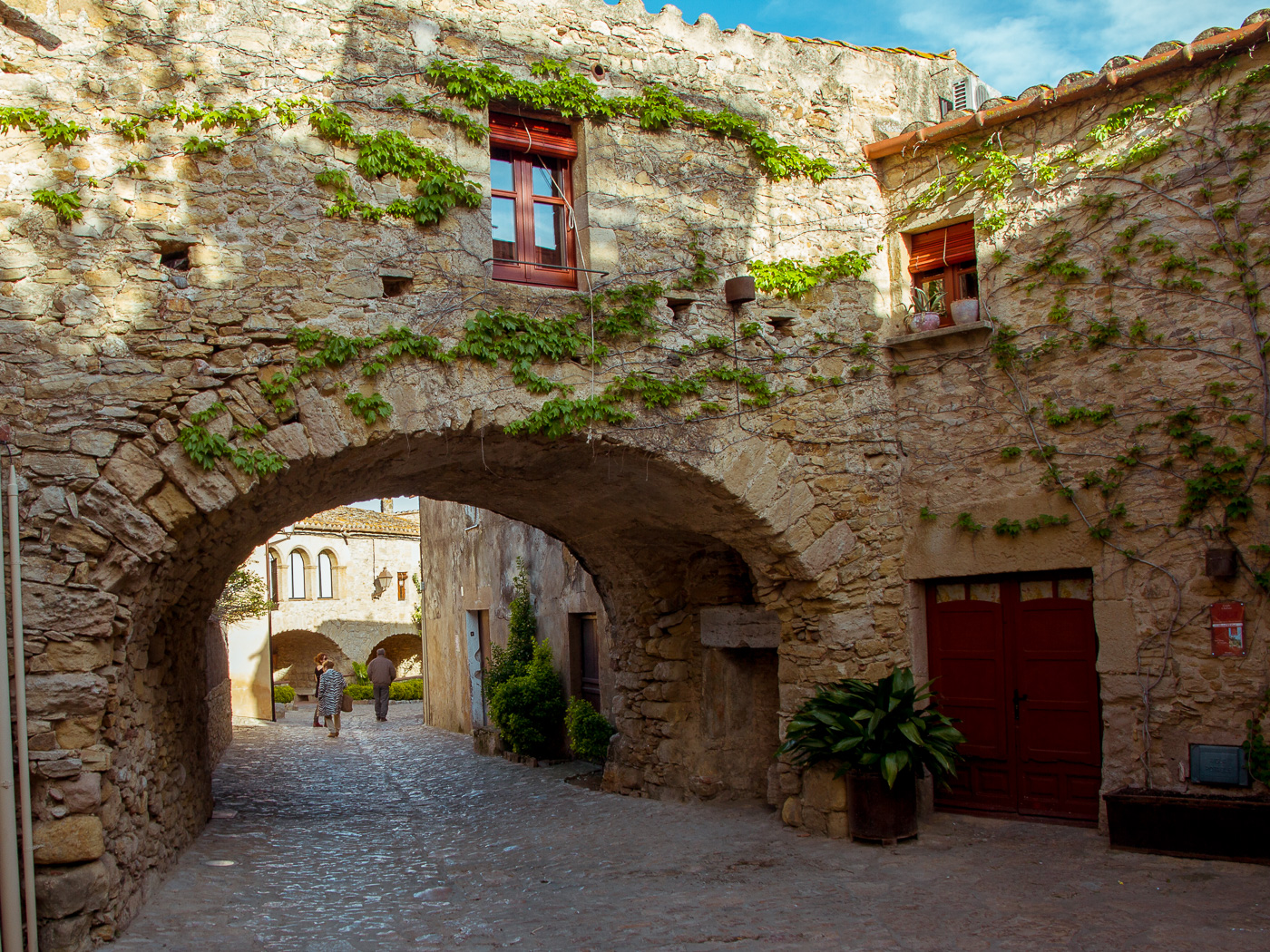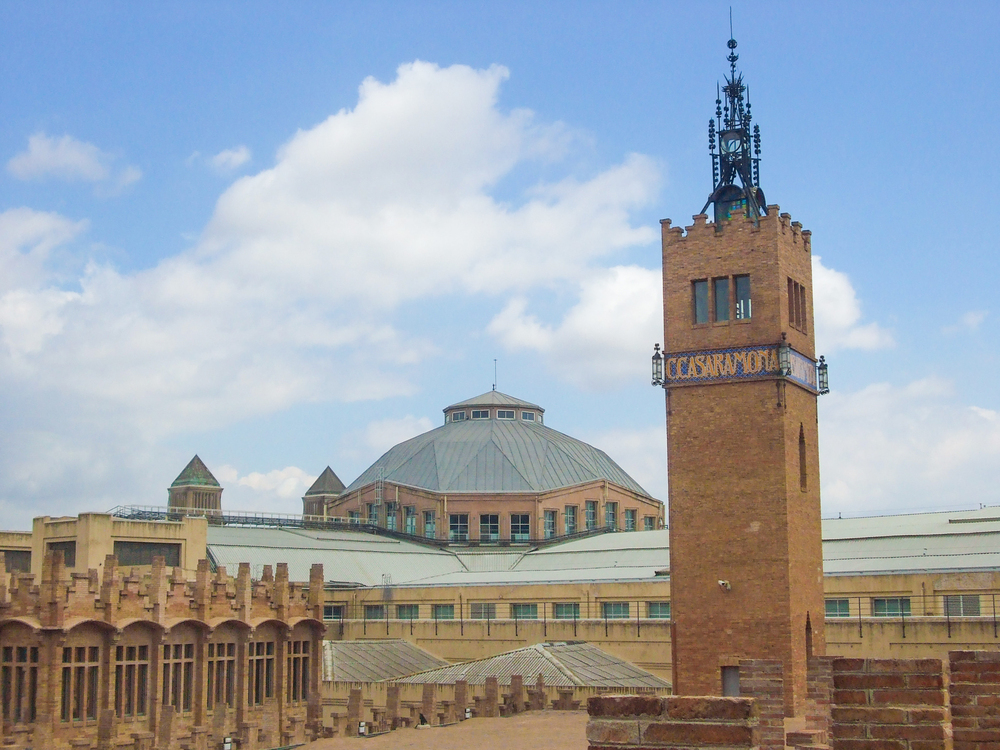
Exploring medieval villages beyond the city limits is a getaway that promises an exceptionally enriching experience. These historical sites transport us back in time to eras of greatness and splendor, where the majesty of its architectural ensembles immerses us in the fascinating world of the Middle Ages. Every cobblestone street, every wall and every tower tells stories of times past, awakening our imagination and transporting us to a universe of knights, princesses and intrigues.
Dress up in Game of Thrones costumes with these medieval tents.
Going out to discover these forgotten treasures is like taking a trip back in time, a unique opportunity to escape from the daily routine and immerse yourself in a sea of history and culture. The atmosphere in these villages is simply magical, imbued with the charm of ancient times and full of mystery. Every corner offers a new surprise, whether it is an ancient church with centuries-old stained glass windows, a castle that rises imposingly on top of a hill or a medieval market that revives the essence of times past.
Besides being a window to the past, exploring medieval villages is also an opportunity to enjoy the fresh air and tranquility that only the countryside can offer. The landscapes surrounding these places are postcard-worthy, with their green meadows, rolling hills and ancient forests. It is a tour that nourishes both the soul and the mind, providing a revitalizing respite in the midst of nature and history.
What to visit in the Gothic Quarter of Barcelona [CLICK AQUI]
When you visit these sites you will really feel like you have been teleported back to the Middle Ages, if only for a few hours. If you like walls, castles, old churches, cobblestone streets, this tour is for you.
5 medieval villages to visit
1.Guimerà (Urgell)
Guimerà, located in the region of El Urgell, emerges majestically near the serene waters of the river Corb, nestled on a hill that seems to guard its historical treasures. Although its current population is around 300 inhabitants, this small Catalan village breathes the legacy of centuries of history and culture.
Walking through its cobblestone streets, one is immersed in a journey through time, where every step reveals the indelible imprint of the past. The imposing castle in ruins, which stands proudly at the foot of the village, is a silent witness of the vicissitudes of the past. Its narrow streets, arches and porches transport the visitor to distant times, while the bridge houses, characteristic of medieval architecture, seem to be suspended in the air as if defying gravity.
A 13th century wall comes to light in the middle of the works in the Rambla
The careful preservation of its architectural and cultural heritage earned Guimerà recognition as a Cultural Asset of National Interest in 1993. Every corner of this picturesque village is brimming with history and charm, catching the eye with its architectural details and unique atmosphere.
Among its most precious jewels is the Gothic church of Santa Maria, which stands imposingly in the heart of the village. Its architectural majesty and rich history make it an essential point of reference for visitors seeking to immerse themselves in the essence of Guimerà.
2.Peratallada (Baix Empordà)
This beautifulPeratallada, a medieval jewel nestled in the Baix Empordà region, transports visitors to a past of feudal grandeur that still echoes in its cobbled streets and the walls of its imposing fortified castle. This charming village, whose name evokes the image of valleys carved in stone, is steeped in history and charm in every corner.
The imposing castle, with its tower rising majestically above the horizon, is the silent witness of centuries of history and adventure. Its walls, which envelop the urban core like a protective embrace, seem to whisper stories of battles and past exploits. Each cobblestone alley is a portal to the past, where time seems to stand still to allow the visitor to explore its secrets and wonders.
The name Peratallada, which dates back to documents from the 10th century, evokes the image of stone-carved valleys surrounding the village, a description that is still accurate today. These stone valleys, with their characteristic medieval architecture, give Peratallada a unique and picturesque aspect that makes visitors fall in love with it.
In addition to its impressive castle, Peratallada is distinguished by its well-preserved walls, which offer a breathtaking view of the village and its surroundings. The Romanesque church of San Esteban, with its sober and elegant architecture, is another of the treasures that adorn this medieval town, adding a touch of spirituality and serenity to its enchanted atmosphere. At every corner, in every alley, Peratallada unfolds its unique charm, inviting visitors to lose themselves in its labyrinth of history and beauty.
3.Rupit (Barcelona)
Between Vic and Olot is Rupit, a municipality that stands out for its beautiful natural landscapes and its medieval buildings of great architectural value. The hermitage of Santa Magdalena, the church of San Miguel and the suspension bridge stand out. The town’s hardware store and the Soler notary’s office are also preserved, buildings of great value to the population.
4.Besalú (la Garrotxa)
One of the most representative medieval villages of the life of centuries ago. Its buildings such as the castle of the town, the monastery of San Pedro, the Plaza de La Libertad and the parish of San Vicente, are among the most representative Catalan medieval buildings. It features the remains of the 13th century synagogue and the town’s medieval bridge, a site that has been the scene of filming for the third season of the HBO series Westworld.5.Montblanc (Conca de Barberà)
The region Conca de Barberà located in the province of Tarragona, has a great medieval legacy of which highlights the walled enclosure that encloses the entire historic center. It has 22 municipalities and its capital is the town of Montblanch. In its capital, the highlights are the Cathedral of the Mountain (Iglesia María la Mayor) and the convent of San Francisco de Asís where the Catalan Courts met around the year 1414.A journey into the past is a breath of fresh air for today’s life.
[actualizado el 13 de Mayo 2024]



